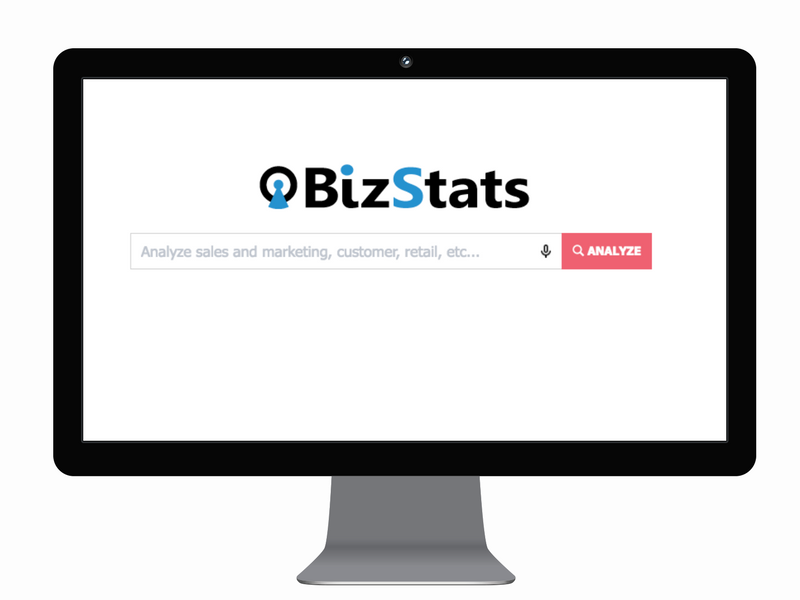We live in a world where technology has preceded all aspects of lifestyle, communication, and life experiences. From using technology to call out commands for general tasks at home to ordering medicines online, the world thrives on technological advancements to execute everything. Our phones are our shopping carts, and artificial intelligence became our best friends. However, we still thrive in physical stores for certain purchases. The freedom of walking into a store to physically verify the product and making an informed decision is always in existence. Brands including Walmart and Ikea create an experience for those who visit their stores to make purchases. The real question, however, is in understanding the customer and their needs to create a successful sale and enjoyable experience. Stores should understand the pros and cons of placing a product at a specific aisle and create a path for the consumer to purchase. For stores, products shelf placements are as critical as the store location itself. It is necessary to create a sequence of product availability so that customers can pick their needs without much hassle. Since most stores stock the same products, the only advantage retail stores can execute is with their product placement. Typically, retail stores use four levels of shelf placements keeping in mind the users and their needs.
1. Top shelves
This section is often used to set the tone for the store. Retailers use these shelves to stock high end and premium products. As one walks into a store, the prominence of these products reflects on the stock variety of the store thus making a positive impact on consumers. These products are consumed by those without a budget constraint and hence mark for higher sale value for the consumers.
2. Middle shelves
The high-yield section for any retail store, this is the most consumed section. Every item that has a high sale number is stocked here for consumers’ easy access. Using these sections for promotions and sale offers, stores make most sales by stocking budget items and high consumption products. This section is the most sought after as walk-ins looking for short shopping time search for products within their eyesight.
3. Kids eye level shelves
Keeping in mind the height of kids and the products that attract them, stores stock products on the bottom shelves for higher attention. This way, stores treat children to be part of their buying consumer section thus increasing the potential of sales. These shelves often have perishables that attract children more than adult consumers.
4. Lowest shelves
For those who spend most time browsing through products and finding unique buys, stores stock the non-generic brands in the lowest shelves. Buyers interested in these brands spend more time inside the store thus giving retailers more floor time. Psychologically, consumers end up buying more products than intended due to the time spent. 
Planogram Best Practices
Planogram is a visual diagram that acts as a blueprint for the placement of products within the store. The schematics provide a flow chart for the products in the order of consumer requirement thus helping floor managers and other employees know the products better for assistance. Planogram is beneficial to both the retailers and suppliers. With a concrete visual plan in hand, suppliers can understand brand awareness at no extra cost. Retailers, on the other hand, can use planograms to evaluate product performance and evaluate the stock based on SKU and sales.
Although there are various methods to capitalize planograms, some of the best practices include
1. Simple plan
Depending on the size of the store and complexity of the store plan, planograms can be either simple or complex. However, the trick is to understand the usability of these plans and formulate a much conceivable plan that meets the requirements of tracking products. Creating a planogram that requires minimal or no changes in the future helps both the retailers and consumers.
2. Employee training
Once the plan is created, train your employees to adapt to the new changes on the floor. Although experienced employees can resist due to their floor knowledge, it is essential for staff to understand the plan thoroughly for proper execution.
3. The best employee for top grossing sections
Involving floor personnel in the planning stage gives ample opportunity to create a fool-proof planogram. Their expertise and eye for detail help the store keep track of shrinkage and act as a firewall against theft. Having been associated with the planning stage, their involvement increases.
4. Performance evaluation
Always evaluate planograms from time-to-time. This allows stores to improve areas that require attention. They can also help understand product performance and reorganize based on sales.
5. Customer knowledge and behavior
Understanding consumer pattern helps formulate a better planogram. From showcasing products with benefits and at the right eye level, these plans help consumers interact with products better.
Types of Product Placements
- Horizontal placement - Placing products adjacent to each other to create a wide range of product options to choose from.
- Vertical arrangement - Stacking products from the same brand on more than one shelf to create a bigger brand image.
- Block placement - Grouping similar products with brand diversity under one umbrella.
- Commercial product placement - Based on brand perception and higher consumer, products are placed strategically for consumption.
- Market share product placement - Products that perform with higher sales numbers for the store gets the best spot inside the store to increase sales percentage.
- Margin product placement - The product that contributes the most to the profit margin of the store gets a better location within the store.
You can do product placement analysis using Bizstats cloud by asking your questions. If you are not tried Bizstats yet, you can try our demo now!



